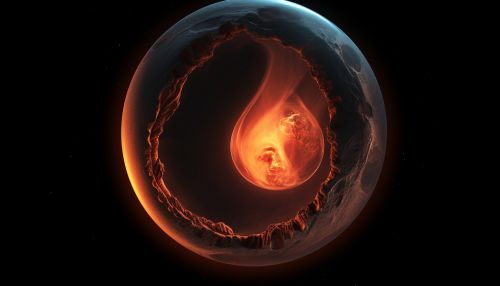Child Genital Development
Embryonic Development
The development of the genitalia in humans, as in all mammals, begins in the embryonic stage of life. During the first few weeks of gestation, the embryo develops a set of primitive structures that can evolve into either male or female genitalia, depending on the presence or absence of certain hormones. This stage is known as the indifferent stage of sexual development.


The indifferent stage lasts until approximately the sixth week of gestation. During this time, the embryo develops two pairs of ducts: the Müllerian ducts and the Wolffian ducts. The Müllerian ducts have the potential to develop into the female reproductive tract, including the uterus, fallopian tubes, and upper part of the vagina. The Wolffian ducts, on the other hand, can form the male reproductive tract, including the seminal vesicles, vas deferens, and epididymis.
Genetic Determination and Hormonal Influence
The sex of the embryo, and thus the direction of genital development, is determined by the presence or absence of the SRY gene, which is typically located on the Y chromosome. If the SRY gene is present, the embryo will develop testes; if it is absent, the embryo will develop ovaries. The development of the testes or ovaries then triggers the production of hormones that influence the further development of the genitalia.


In male embryos, the testes begin to produce testosterone around the seventh week of gestation. Testosterone stimulates the development of the Wolffian ducts into the male reproductive tract. Another hormone produced by the testes, anti-Müllerian hormone (AMH), causes the Müllerian ducts to regress.
In female embryos, the absence of testosterone allows the Müllerian ducts to develop into the female reproductive tract. The Wolffian ducts regress due to the lack of stimulation.
Development of External Genitalia
The development of the external genitalia also begins during the indifferent stage. The embryo develops a genital tubercle, which can develop into either a penis or a clitoris, and a pair of urogenital folds and labioscrotal swellings, which can form either the labia minora and majora in females, or the shaft of the penis and the scrotum in males.
In male embryos, the presence of testosterone causes the genital tubercle to elongate and form a penis. The urogenital folds fuse along the midline to form the shaft of the penis and the urethra. The labioscrotal swellings also fuse to form the scrotum.
In female embryos, the absence of testosterone allows the genital tubercle to develop into a clitoris. The urogenital folds remain unfused and form the labia minora, while the labioscrotal swellings form the labia majora.
Puberty and Further Development
The genitalia continue to develop and change throughout childhood and adolescence. The onset of puberty, typically between ages 8 and 14 in girls and 9 and 14 in boys, triggers a surge in sex hormones that leads to further development and maturation of the genitalia.


In boys, testosterone stimulates the growth of the penis and testes and triggers the production of sperm. In girls, estrogen promotes the development of the vagina, uterus, and ovaries, and triggers the start of menstruation.
Disorders of Sexual Development
Disorders of sexual development (DSDs) are conditions in which the development of chromosomal, gonadal, or anatomical sex is atypical. DSDs can result from genetic abnormalities, hormonal imbalances, or other factors. Some common DSDs include Klinefelter syndrome, Turner syndrome, and androgen insensitivity syndrome.
